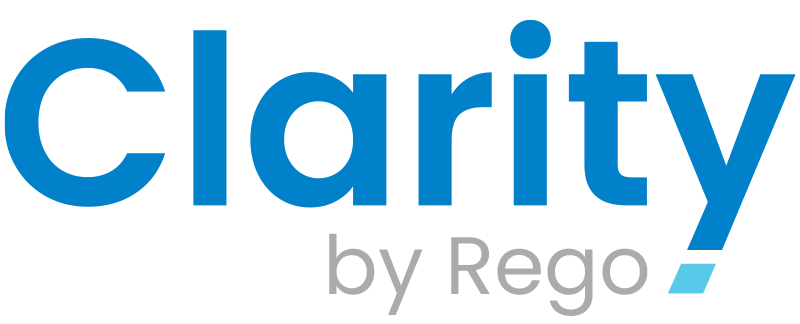by Clarity by Rego
Share

Project management is essential to any business. A structured approach to tackling and monitoring projects ensures seamless delivery and top-notch quality. Without effective project management, projects can quickly become disorganized and chaotic, leading to delays, cost overruns, and poor-quality deliverables.
Using software to help manage all the moving parts of your projects – especially those thorny, complex ones – can make all the difference. Project management software helps anyone managing projects plan, organize, and manage projects more effectively. It provides a central repository for all project-related information, such as project plans, schedules, budgets, and documents. Project management software also helps project managers to track project progress, manage project resources, and communicate with project stakeholders.
The difference between project management and PPM
Where project management serves as a cornerstone to project coordination, Project Portfolio Management (PPM) takes a broader perspective beyond the intricacies of an individual project – it encompasses a holistic view of projects within a larger program or portfolio. According to the Project Management Institute, “portfolio management is a way to bridge the gap between strategy and implementation.” Acting as a centralized command center, PPM offers a comprehensive vantage point from which project progress can be closely monitored and potential risks swiftly identified. It empowers organizations to strategically prioritize projects in alignment with their overarching objectives, optimizing resource allocation and utilization. PPM is invaluable in environments where resources are stretched across multiple projects, and there’s a need to align these initiatives with the company’s strategic vision.
Key benefits of PPM tool over simple project management software
Project portfolio management tools can be a valuable asset to project managers and businesses alike. They offer a range of features and capabilities that can help to improve project management processes and outcomes. There are many advantages to adopting a PPM tool, which can significantly enhance project management processes.
Strategic Alignment:
PPM tools ensure that all projects align with the strategic objectives of the business, delivering value and driving growth. By providing a centralized view of projects within a larger program or portfolio, PPM enables organizations to strategically prioritize projects in alignment with their overarching objectives, optimizing resource allocation and utilization.
Resource Optimization:
With PPM tools, project managers gain visibility into resource availability and allocation, preventing burnout and ensuring the right resources are assigned to the right projects. This optimization leads to improved project outcomes and resource productivity.
Risk Management:
PPM tools facilitate early identification and mitigation of risks across the project portfolio, reducing surprises and project failures. By proactively managing risks, organizations can minimize disruptions and ensure project success.
Enhanced Decision-Making:
PPM tools offer data-driven insights into project performance, enabling better decision-making and prioritization of projects. This transparency fosters better decision-making by providing real-time information for informed choices.
Improved Financial Management:
PPM tools allow for better budgeting, forecasting, and tracking of project financials, ensuring projects stay on budget and contribute to the financial health of the organization. This comprehensive view of project finances helps optimize resource allocation and prevent resource wastage.

The right time to move to PPM depends on several factors, such as the volume and complexity of projects managed, as well as their strategic significance to the organization. Typically, if an organization grapples with project prioritization, resource management across multiple projects, or aligning projects with strategic objectives, it may signal the need for a shift to a PPM solution. Additionally, recurring issues like project failures, budget overruns, or resource conflicts often are clear signs that a more structured approach to project and portfolio management is needed.
Transitioning to PPM is a strategic decision that depends on several factors specific to each organization. However, there are common indicators that suggest it’s time to consider a PPM solution:
STAY IN THE LOOP
Get Notified of Updates.
Stay ahead of the curve by subscribing to our newsletter. Get the latest insights, strategies, and tools delivered straight to your inbox, and empower your business to achieve more.

